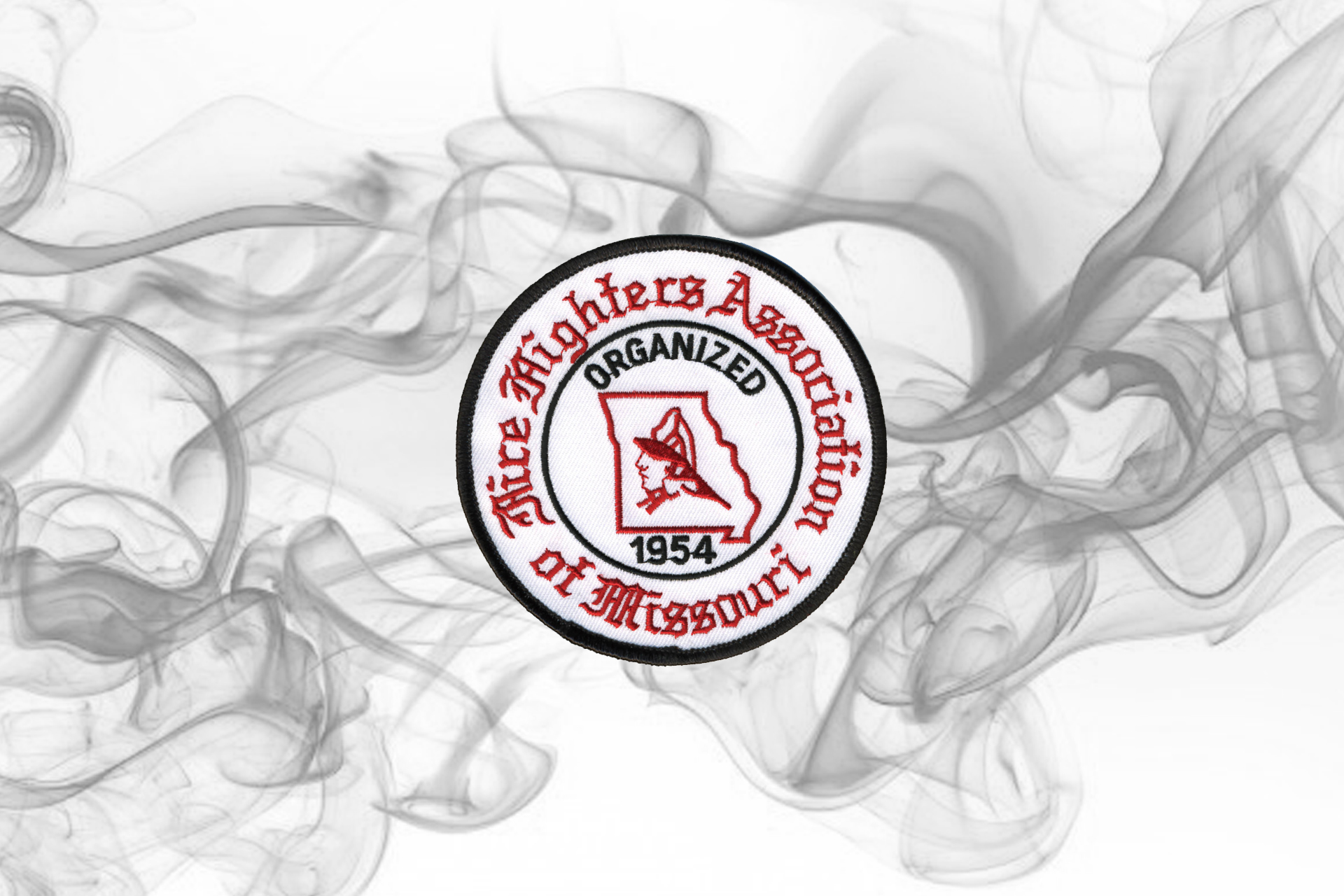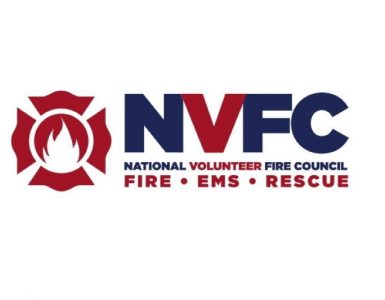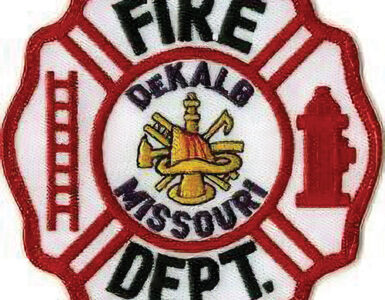While concerns regarding the exposure to carcinogens are common to both career and volunteer firefighters, the volunteer and combination fire service have some specific challenges that are different and need to be addressed.
Volunteers regularly transport contaminated PPE and other gear in their personal vehicles, thereby exposing themselves and their family members to carcinogens. Because they may return home or go back to work directly after a fire, they often continue to wear their personal clothing, which will stay contaminated.
It is not acceptable to return from a medical call with blood or vomitus on our clothing and then sit back down at work or return to the dinner table at home. The same concern should be exercised after returning from a fire: gear must be cleaned, clothing must be washed and showers must be taken, before returning to work or family activities to reduce carcinogenic exposure. Many volunteers carry their PPE in their personal vehicle, often in the trunk or even in the vehicle’s passenger compartment. Handling PPE in this manner facilitates the off-gassing of toxins and carcinogens, especially when the PPE is heated by elevated temperatures from the sun.
The interior of a car or pickup truck parked in the sun for just a few hours will get very hot. On an 85° day, the interior temperature will rise to more than 120° due to the “greenhouse effect.” Surprisingly, the inside of a trunk is often cooler than the inside of the car itself because there are no windows for sunlight to enter. Temperature readings inside the trunk can be 5-10 degrees cooler than the air in the passenger compartment.
In either situation, actions need to be taken to protect from off-gassing into the vehicle passenger compartment. These protective actions could include: keeping PPE in closed, zippered duffle bags or large sealed “Rubbermaid-style” storage bins and taking contaminated PPE back to the fire station on the fire apparatus for washing, cleaning and decontamination.”

































